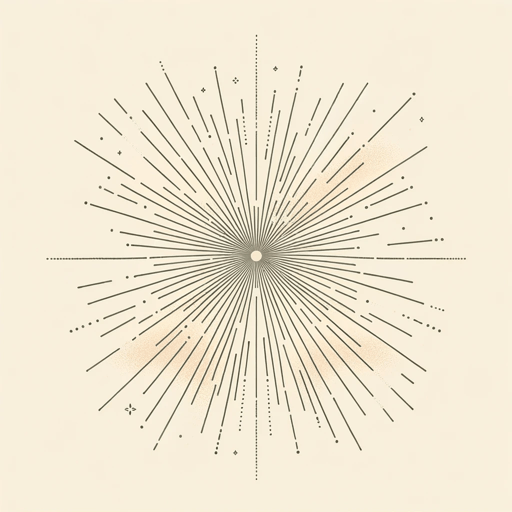62 pages • 2 hours read
Sogyal RinpocheThe Tibetan Book of Living and Dying
Nonfiction | Book | Adult | Published in 1992A modern alternative to SparkNotes and CliffsNotes, SuperSummary offers high-quality Study Guides with detailed chapter summaries and analysis of major themes, characters, and more.
Background
Religious Context: Buddhism in the West
Sogyal Rinpoche’s The Tibetan Book of Living and Dying is a contemporary spiritual classic (sometimes falling within the New Age denomination) that bridges ancient Tibetan Buddhist wisdom with modern existential questions. This seminal work, originally published in 1992, builds on an already established tradition of Buddhism in the West.
Buddhism started arousing curiosity in the West in the mid-19th century, with prominent thinkers such as Arthur Schopenhauer and Sir Edwin Arnold, and in the 20th century, with Herman Hesse drawing inspiration from Buddhist texts. As Damien Keown notes in Buddhism: A Very Short Introduction, starting in the middle of the 20th century, a number of books accelerated the popularization of Buddhism in the West:
In the post-war years Jack Kerouac’s novels The Dharma Bums and On the Road were popular with the Beat generation and provided inspiration for the countercultures of subsequent decades. The eclectic thinker and philosopher Alan Watts wrote a number of books on Zen which attracted a popular readership, but perhaps more than any other single work Robert M. Persig’s Zen and the Art of Motorcycle Maintenance (1974)—although more concerned with Western philosophy than Zen—has ensured that this school of Buddhism is widely known in the West, at least by name (Keown, Damien.

